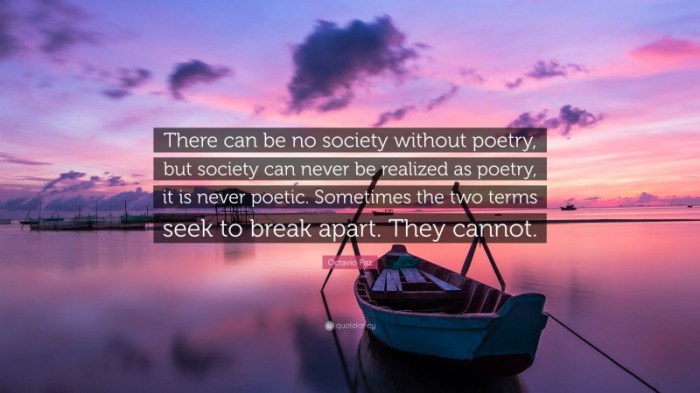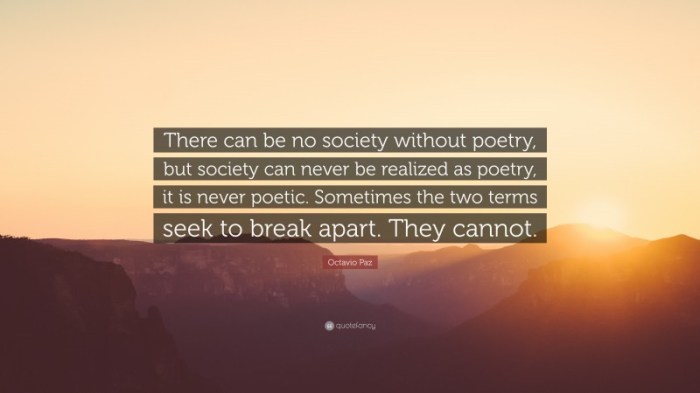Photographic portraits can never be poetic or introspective. This assertion, seemingly paradoxical, invites a deeper exploration into the expressive capabilities of photography as an art form. While the medium is often perceived as capturing a mere likeness, this essay argues that photographic portraits possess the potential to convey profound emotions, thoughts, and narratives that transcend their literal representation.
Beyond their technical aspects, photographic portraits engage viewers on a deeply personal level. Through the interplay of lighting, composition, and symbolism, they evoke a range of responses, from empathy and connection to introspection and contemplation.
Artistic Expression and Interpretation

Photographic portraits are not merely objective representations of their subjects; they are subjective interpretations that convey emotions, thoughts, and stories. The same image can evoke different responses in different viewers, as each person brings their own experiences and perspectives to the interpretation.
This subjective nature of art allows photographic portraits to transcend their literal representation and become introspective and poetic expressions.
Examples of Introspective and Poetic Portraits
- Diane Arbus’s portraits of marginalized individuals, which capture their inner struggles and vulnerabilities.
- Richard Avedon’s minimalist portraits, which focus on the subject’s eyes and expressions, revealing their inner worlds.
- Annie Leibovitz’s celebrity portraits, which often explore the intersection of fame and humanity.
Technical Considerations

The technical aspects of photography play a crucial role in the potential for poetic and introspective expression. Lighting can create dramatic shadows and highlights that emphasize certain features or emotions. Composition can guide the viewer’s eye through the image, creating a sense of tension or harmony.
Post-processing techniques, such as selective focus and color manipulation, can further enhance the emotional impact of a portrait.
Symbolism and Metaphor in Portraits
Photographic portraits can employ symbolism and metaphor to convey deeper meanings. For example, a portrait of a person surrounded by flowers may symbolize growth or renewal, while a portrait of a person in a desolate landscape may symbolize isolation or loneliness.
Historical and Cultural Context

The evolution of photographic portraits reflects the changing social and cultural norms. Early portraits were often formal and posed, capturing the subject’s social status. As photography became more accessible, it allowed for a wider range of subjects and perspectives to be represented.
Historical events and social movements have also influenced the themes and styles of photographic portraits.
Portraits as Historical Documents, Photographic portraits can never be poetic or introspective.
Photographic portraits serve as historical documents, capturing the faces and experiences of people from different eras. They provide insights into the social, economic, and cultural conditions of the time.
Comparative Analysis
Photographic portraits can be compared to other forms of portraiture, such as painting, sculpture, and literature. Each medium has its own unique strengths and limitations in conveying introspective and poetic content.
Photography vs. Painting
- Photography captures a moment in time, while painting is a more deliberate and controlled process.
- Painting allows for greater freedom of expression and imagination, while photography is more constrained by reality.
Contemporary Practices and Innovations

Contemporary photographic portraiture continues to push the boundaries of artistic expression. Digital technologies and alternative processes allow photographers to explore new ways of capturing and representing the human experience.
Social Media and Online Platforms
Social media and online platforms have transformed the dissemination and reception of photographic portraits. They have made it possible for photographers to share their work with a global audience and to connect with other artists and enthusiasts.
FAQ Explained: Photographic Portraits Can Never Be Poetic Or Introspective.
Can photographic portraits convey complex emotions?
Yes, through skillful use of lighting, composition, and symbolism, photographic portraits can effectively communicate a wide range of emotions, including joy, sorrow, vulnerability, and introspection.
How does the technical aspect of photography contribute to its introspective potential?
Technical elements such as lighting, composition, and post-processing techniques can enhance the emotional impact of a portrait by creating depth, emphasizing certain features, and evoking specific moods.
What is the role of symbolism in photographic portraits?
Symbolism allows photographers to convey deeper meanings and emotions through the use of objects, gestures, or settings that resonate with viewers on a subconscious level.